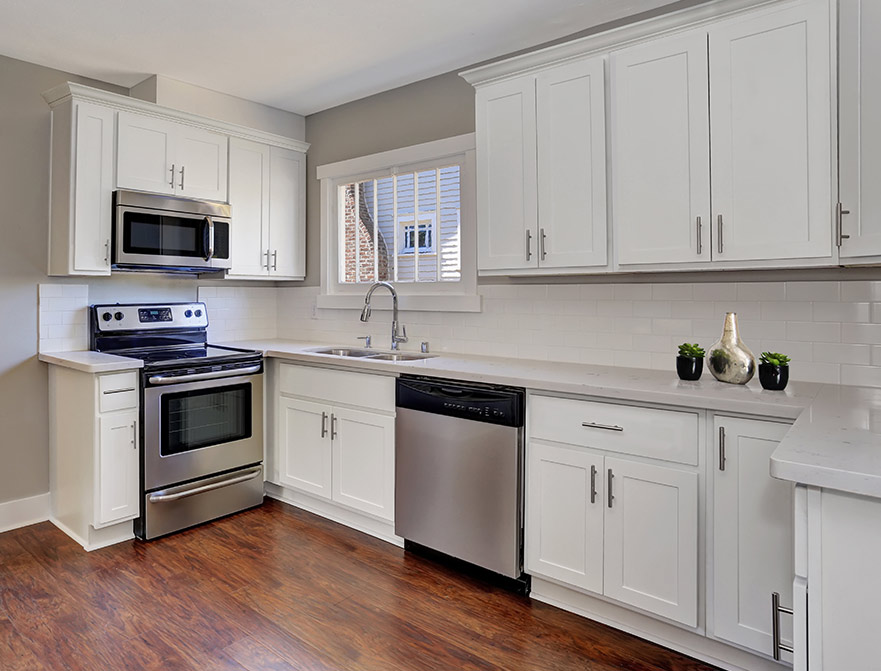One needs to be really smart while choosing the kitchen cabinets for one’s kitchen. They are the ones that determine the look of your kitchen and has a big influence on the entire “feel” of it. Of course, one needs to keep the budget in mind as well.
They are considered as the most useful accompaniment for a kitchen. Generally, kitchen cabinets are used to store the non-perishable items and other kitchen related artifacts.
Below we have discussed certain important elements which will help you to choose your perfect kitchen cabinet.
- Manufacturing – The kitchen cabinets are manufactured in different ways based on which they are termed differently. Stock cabinets are the pre-manufactured ones in specific sizes and limited available styles. Semi-custom cabinets are also pre-manufactured units where you can have some options of customization in terms of sizes, designs, storage capacity etc. The custom cabinets are made according to the specifications of the customers and there is no limitation in color, form, material and size of these cabinets.
- Construction and Quality – The quality of a kitchen cabinet is primarily linked to its construction i.e. the material used and how it is put together. One should pay some attention in the detailing of these cabinets, especially if he/she wants them to last for a long duration. Certain parts of the cabinets like the drawers take a lot of mishandling, so it is always a wise decision to pay a few extra bucks for their added durability.
- Materials – The different types of construction materials include plywood, MDF (medium density fiberboard), particle board, metal, solid wood and melamine or laminate (they are generally laid over a particle board or other similar substance).
- Design and Construction – All cabinets have 2 distinguishing design styles – frameless and framed. Framed units have a wooden frame, outlining the front side of these cabinet boxes. The frameless cabinets do not have this feature. The techniques and methods of joinery to support and assemble them also vary. Metal, wood or plastics are used to make the structural braces. The different methods of joinery are staples and nails, hot-glue, dadoes and dovetails etc.
- Hardware – The drawer slides are available in different types of quality – some use nylon wheels/rollers, others use ball bearings. The drawer space is dependent on its physical location i.e. on the bottom or side mount. Again, the construction material of shelf mounting brackets also differs – it can be metal or plastic.
- Available warranty – As investment on kitchen cabinets includes a good amount, one should always look for the type of warranty provided with the product. Few key points include:
- Duration – The duration of warranties typically includes 1 years, 5 years and lifetime coverage. Often lifetime coverage involves 10 years, which is not a very long time. Generally, low-end products have limited warranty whereas the high-end ones have the longest warranty. This is up to you what kind of durability you are looking for.
- Coverage – Most warranties cover defects in materials and workmanship. They generally don’t cover the damage resulting from improper use or after the cabinet has been installed. Some manufacturers provide coverage for individual parts like drawer slides, drawers and hinges.
- Compensation – Mostly the warranties include replacement or repair of the defective part, depending on the manufacturer’s discretion. If the components are out of the market, then reimbursement of the price of those parts is also sometimes provided.



